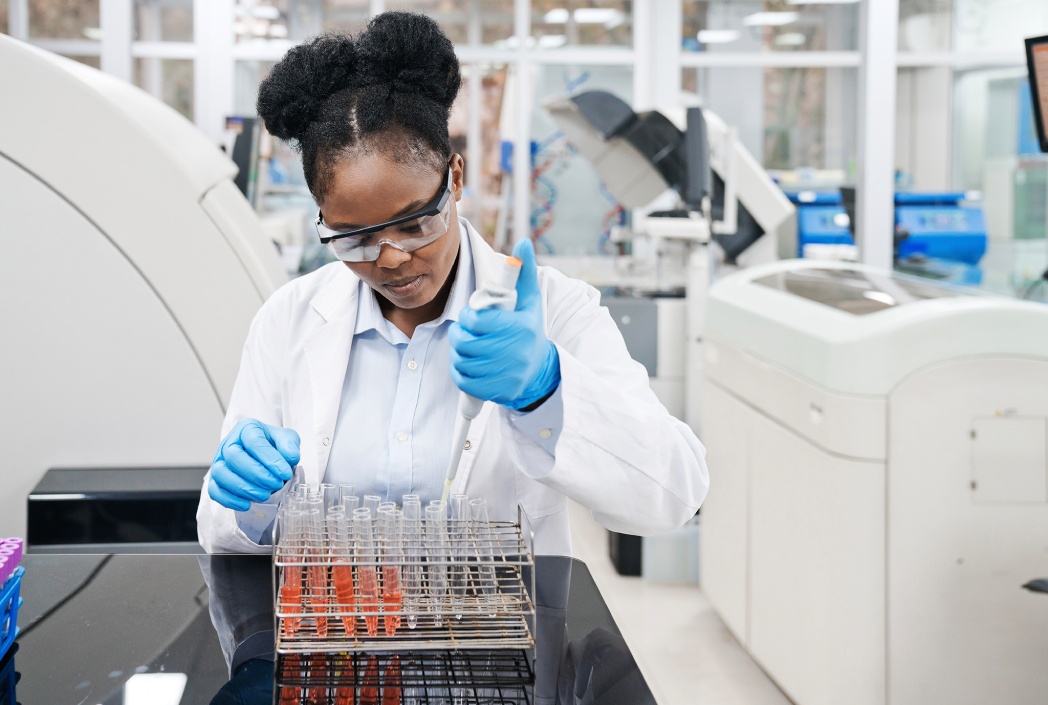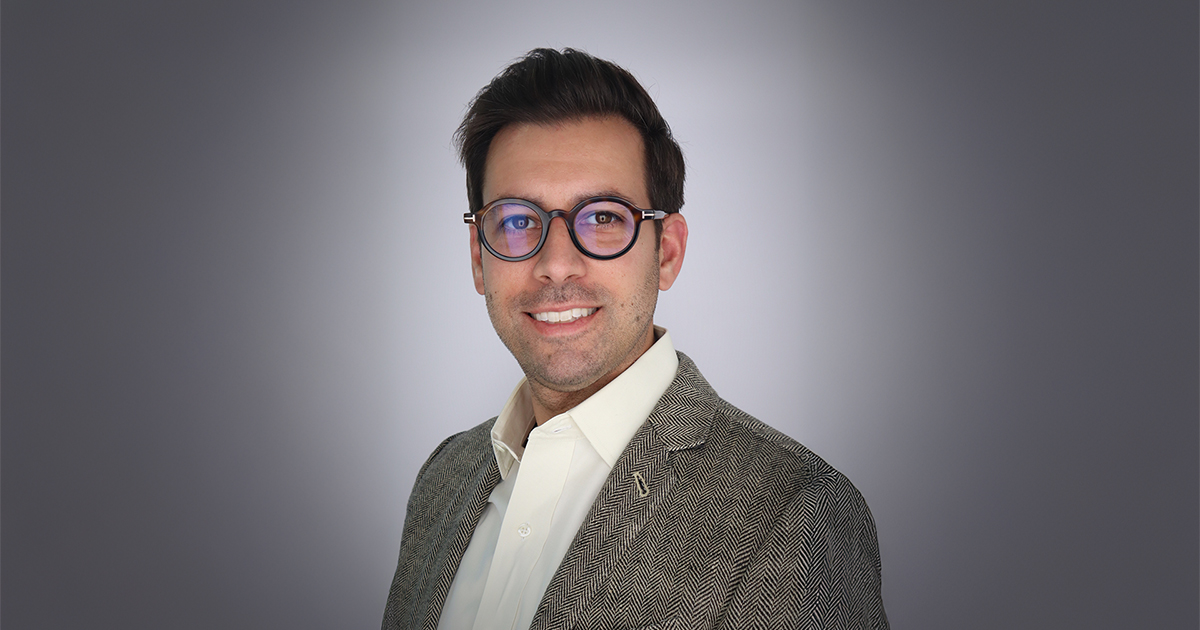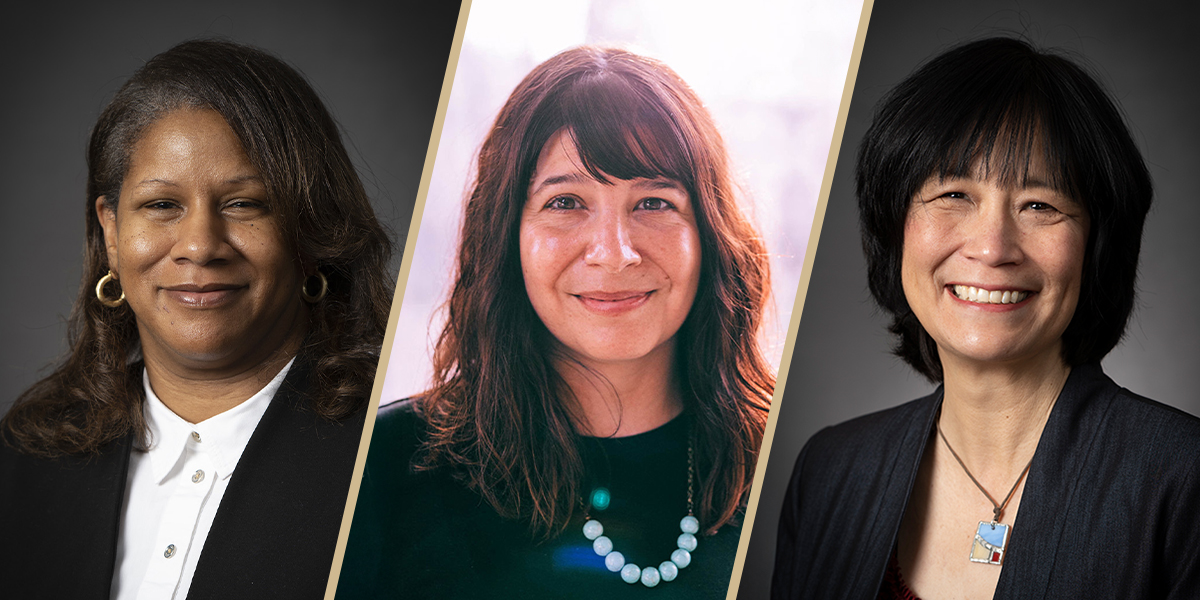APUS President Nuno Fernandes Discusses AI at SXSW EDU
APUS President Nuno Fernandes delivered an insightful keynote on AI's transformative role in higher education at SXSW EDU 2025.

By Dr. Kathleen Tate
Department Chair, Teaching
American Public University System (APUS) President Nuno Fernandes presented Leveraging Technology for the Future of Higher Education as a keynote speaker at the #FINNxHumbleHouse Future of Health & Education Summit at SXSW EDU 2025 on March 6 in Austin, Texas.
President Fernandes’ compelling points provided thought-provoking considerations for educators and educational leaders as artificial intelligence (AI) is at the forefront and future of people’s personal, academic, and professional lives. President Fernandes emphasized challenges and risks associated with AI and discussed questions that may guide choices and operations in higher education.
How Universities are Using AI
Fernandes shared artwork and examples showing how the faculty role has not changed much over the last 1,000 years, while noting that big disruptions are not far away because of AI. He asked the audience to think about the following questions:
- What is the role of the university?
- What will classes look like/will there be classes?
- What ethics should be considered?
- What content should be taught?
The APUS President highlighted Ray Kurzweil’s 2005 prediction that singularity, a time when technology and humans merge, will take place by 2045. This means that AI will be smarter than all humans combined. However, since technology has advanced, Kurzweil moved that date up to 2029.
This rapid growth may cause those in university settings to wonder about how to keep up with technology as well as associated costs. This comes at a time, Fernandes pointed out, that in some cases college tuition has increased 300% [since 2000].
Yet, he argued that leveraging AI can lead to more cost-effective approaches. Fernandes shared that somewhat recently, a prestigious university spent hundreds of thousands of dollars to create videos for online courses. Today, universities can create quality videos using AI for mere pennies. With the rapid advancement of AI photos and images, the quality continues to become increasingly authentic and lifelike.
Challenges of Using AI
Fernandes discussed many challenges, beginning with the notion that it is becoming difficult to tell what is real. This means that “when you control the algorithm, you control information,” he said. There is the possibility of AI making nuanced changes to photos, documents, historical accounts, facts, and so on, that can continue to transform over time with significant inaccuracies. Humans will need to maintain quality control and gain skills that help with managing machines and machine learning.
Fernandes explained that AI and cyberattacks can have devastating consequences. That applies to higher education and any field or sector.
He pointed out the danger that learning language models may become biased based on the inputs and that this can worsen over time.
5 Risks Associated with AI
Fernandes presented five risks of AI. These risks come with varying degrees of probability.
Risk 1: AI rebels against humans. He believes this is low risk but is not necessarily a zero risk. This brought some movies to mind, and I hope Fernandes is correct about the very low risk.
Risk 2: AI takes over as the smartest species. Fernandes emphasized that this is not completely negative as AI should benefit the daily lives of humans. I instantly thought of my Roomba iRobot vacuum cleaner that uses AI and certainly saves me time and energy vacuuming most of my house every week. I also thought about how AI at APUS has saved me time by brainstorming meeting agendas and summarizing meetings. I can only imagine ways AI may increase quality of work and personal life in the near and distant future.
Risk 3: AI becomes superhuman. This comes with some risks for humans. The idea he shared is that as humans input information into AI, it essentially shapes the future of humanity. The power of AI could be for good or bad purposes.
Risk 4: Humans evolve into a new cyborg species. This can be both positive and dangerous.
Risk 5: Humans and robots coexist peacefully. However, this indicates that a peaceful existence could be “disrupted if not tightly controlled.”
Considerations for Using AI in Higher Education
Nuno concluded his presentation with several ideas to ponder. First, he said that “higher education will change more in the next 15 years than in the last 100 years.”
Listen to President Fernandes’ podcast, “Predicting the Future: Will AI and Tech Innovation Revolutionize Higher Ed?”:
He cited Forbes and shared that “52 million people use AI companions.” According to Forbes, there is a rise in the use of AI and chatbot apps as well as emotional-style AI. Fernandes explained there are three schools of thought on AI in higher education:
- Ban generative AI
- Moderate usage AI
- Embrace AI
Reports continue to indicate there is growing popularity with leveraging AI in personal, academic, and work life. Since the presentation, I found the Digital Education Council’s 2024 Global AI Student Survey that revealed 86% of higher education students reported already using AI in their studies and 54% use it weekly.
For academia, Fernandes said that “we must adapt to the new customer/student” and this is through “individualized and personalized experiences needed for higher education.” He indicated that higher education accreditors must adapt as well for this time period.
He left the audience with the ideas that AI does not have to be costly and can save money where “doing more for less for students” is possible and we need to think about “disrupting the disruptor.”
Fernandes’ presentation gave me more to think about as a professor and educational leader in higher education and he also had an affect on my friend who attended the keynote session with me. She and her husband have technology degrees from Russia. As newer parents of a 13-month-old baby, she indicated that she is thinking more about college, the cost of it, and the experiences and skills her son will need. She has talked to her husband, who works in the technology industry about shifting and developing skills in machine learning.
President Fernandes’ presentation provided key points for people within and beyond higher education to consider about AI and the future.
What's Your Reaction?



























